Early Career Scientist Spotlight
Dr. Ramin Lolachi (he/him/his)
Planetary Scientist
Planetary Magnetospheres Laboratory (695)
What is your research focus?
My main research topic uses light scattering radiative transfer simulations and observations to characterize dust on airless bodies, like the Moon and asteroids. For the Moon, this work has focused on sunlight scattered by dust raised above the surface by meteoroid impacts, electrostatic lofting, and exploration activities. This helps answer science and exploration questions. On the science side, the intent is that we will have a deeper knowledge of the formation and evolution of the Moon’s surface and exosphere, and an understanding of phenomena like Lunar Horizon Glow. On the exploration side, it is known that lunar dust is a nuisance and hazard, and knowing more about it will help protect the next generation of robotic and human explorers. Regarding asteroids, I have had the exciting opportunity to be a part of the Investigation Team for the Double Asteroid Redirection Test (DART), the world’s first planetary defense mission. For this work, I have been modeling light scattering from ejecta particles in the DART impact to help estimate the ejecta mass and consequently its momentum. This is critical in understanding the overall 3D momentum transfer of the impact, so that we can effectively leverage the kinetic impactor technique to protect Earth in the future, should the need arise.
I also do research focused on Mars; my work focuses on remote sensing, specifically retrieving vertical profiles of water vapor abundance in the Martian atmosphere using data from the Mars Climate Sounder (MCS) infrared radiometer aboard Mars Reconnaissance Orbiter (MRO). This work includes radiative transfer modeling of light scattering by dust and water ice aerosols in the Martian atmosphere. This is to investigate the current state of the Martian atmosphere and its evolution from the distant past, when Mars may have had lakes and oceans, to today’s desert world.
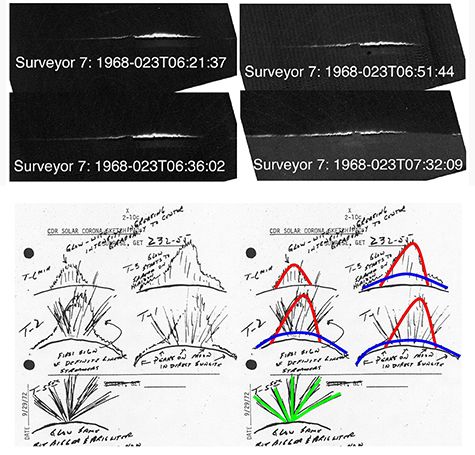
Credit: NASA
Did you always know that you wanted to study planetary science?
Yes! My maternal grandfather was a chemist for the National Coal Board in the northeast of England who was also passionate about astronomy. He used to build his own telescopes and inspired my passion in the subject as a child. Growing up I would read, with fascination, the accounts of planetary probes like Voyager, Venera, and Viking visiting other worlds and exploring them in astronomy books. From that point I was hooked, and I knew that I, too, wanted to explore these other worlds and started working towards that goal.
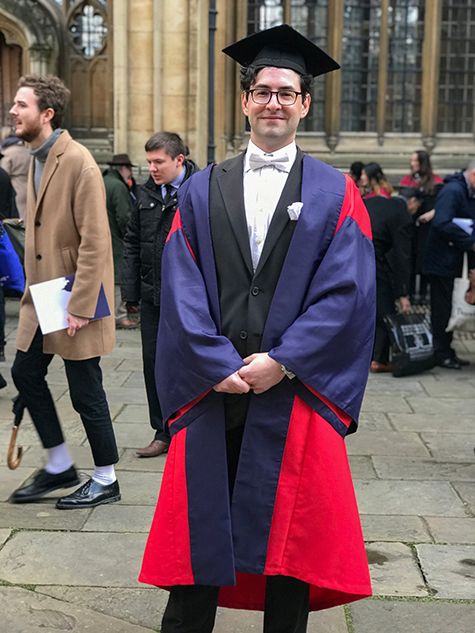
Credit: Ramin Lolachi
What science question intrigues you the most?
Lunar Horizon Glow (LHG) is an interesting phenomenon that was first observed by Surveyor 7 in 1968. Dust from the surface is electrostatically lofted and scatters sunlight in a band along the horizon at sunrise and sunset. What is really interesting is that, in addition to this near-surface dust population (and the light scattering) observed by Surveyor, there is compelling evidence of dust transport in the lunar exosphere. Observations from orbit by Apollo 15 and 17 saw a similar glow to that of the Surveyor LHG observations, as well as crepuscular rays (when light shines through a hole or gap and is scattered by dust in the beam, e.g., sunbeams seen shining through holes in the clouds caused by atmospheric dust or, similarly, the beams seen from light shining through a gap in the curtains in a dusty room). This points to scattering from a high-altitude population of submicron exospheric dust where dust lofted by micrometeoroids is the most likely culprit. Evidence for a high-altitude lunar exosphere dust population has come from the results of the impact dust detector Lunar and Dust Environment Explorer (LADEE), but the light scattering seen by Apollo missions has proved elusive. I think this is a fascinating science question (and mystery) and am working to get to the bottom of it by searching for exospheric dust in images from the star tracker cameras aboard Lunar Reconnaissance Orbiter (LRO) and simulating light scattering observed in meteoroid impact plumes on the Moon.
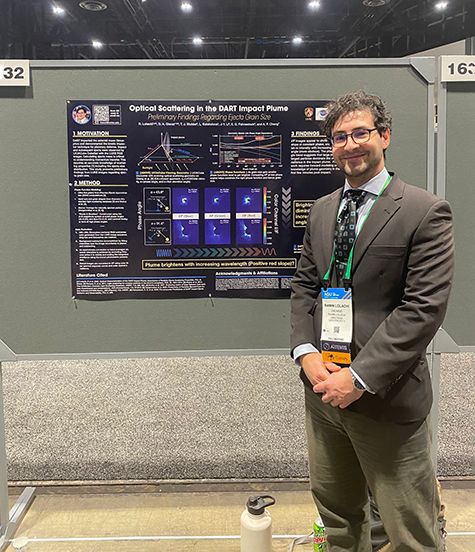
Credit: Caitlin Ahrens
What research accomplishment are you most proud of?
The accomplishment I am most proud of is seeing my first paper published, which was about the work I did on Martian water vapor retrievals with MCS for my DPhil (PhD). It was the culmination of a long and difficult struggle. There were a lot of challenges with retrieving water vapor from the MCS data, as there were difficulties in distinguishing the water vapor signal from the dust signal due to the channel filter responses. Because computer retrievals were challenging and limited, I also implemented experimental research to see if I could find the cause using spare flight materials we had from the mission. This was a rather daunting challenge as I had to design and build some of the equipment needed for the experiment (involving using a lathe to machine a steel rod to a tolerance of 10 microns!). The work dragged on for a long time and eventually I had to move back home with my family as I ran out of funding, and I continued my work from there. Shortly after I got back, my maternal grandmother suffered a stroke that left her unable to walk, so my mother and I became fulltime caregivers and my research had to go on the backburner for a while. This went on for a few years until, unfortunately, she passed away. After that, I started working on my research again, but contracted pneumonia and ended up in the hospital on oxygen. After that, I finally finished and graduated on February 29, 2020, which felt quite apt after all that had transpired. I started working as an intern for a company doing Finite Element Analysis, which was very similar mathematically to retrievals. While looking for postdocs I came across a project advertised by Dr. Timothy Stubbs on the NASA Postdoctoral Program and got in touch. That turned into a position at Goddard, through the CRESST II co-operative agreement. Once I started at Goddard, I was also able to finally finish my paper on my graduate work and get it published. It had been a long and bumpy road, and I could not have done it without the invaluable support that was given to me from many corners, but it was surreal and satisfying to see my name on a scientific paper, and as first author to boot!
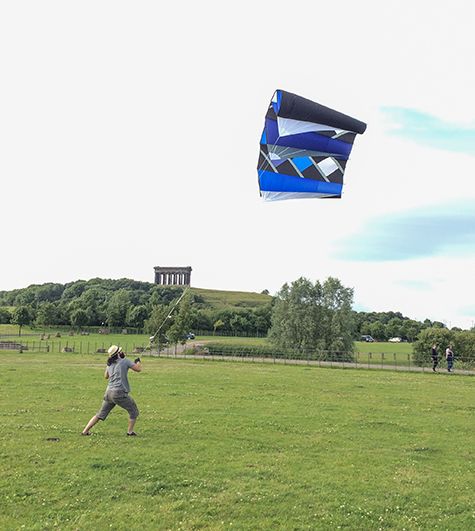
Credit: Ben Ward
If you were to expand your current research focus, what new topic(s) would you explore?
It would be really interesting to look at the light scattering by dust in other solar system contexts. One such place is Mercury, where its position close to the Sun and the subsequent greater solar insolation it experiences would cause greater scattering effects compared to those seen on the Moon. Another possible avenue would be taking our DART work and extending it to look at other so-called “active asteroids” (asteroids that have comet-like characteristics).
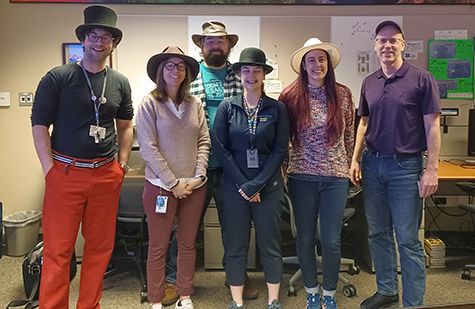
Credit: Kan Yang
What aspects of your work are you most passionate about?
My favorite parts of this work fall into two main categories:
- Exploring other worlds and learning new things along the way. It is very satisfying to take questions about these destinations, formulate them into problems, and then go about solving them, all while finding out more about their unique environments.
- Communication—science is useless unless the information is shared and understood. This term can cover many things, be it effective presentations and publications to other scientists, mentoring potential future scientists with programs like NASA’s CONNECTORS for high school students, or public outreach. I am especially fond of public outreach, as it a great pleasure to share the discoveries of planetary science with folks and see them get as excited about it as I do.
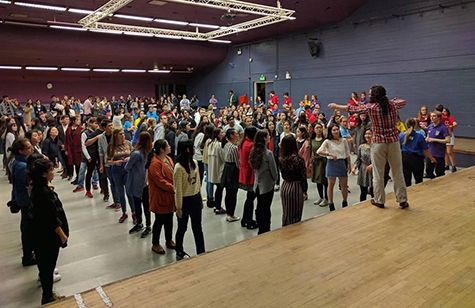
Credit: Seymour Jacklin
Tell us about a unique or interesting component of your work-life balance.
I like to do powerlifting for exercise and have found that it helps enormously with my mental health. For me, it is a great way to “decompress” after a busy workday and deal with the stress that sometimes arises. Additionally, if I am finding it difficult to concentrate, going away and doing exercise can help me reset mentally and then I can come back to a problem refreshed.
Biography
Home Town:
Durham, United Kingdom
Undergraduate Degree:
MPhys Astrophysics (Hons), University of St Andrews, Scotland, UK.
Post-graduate Degrees:
DPhil (PhD), University of Oxford, UK.
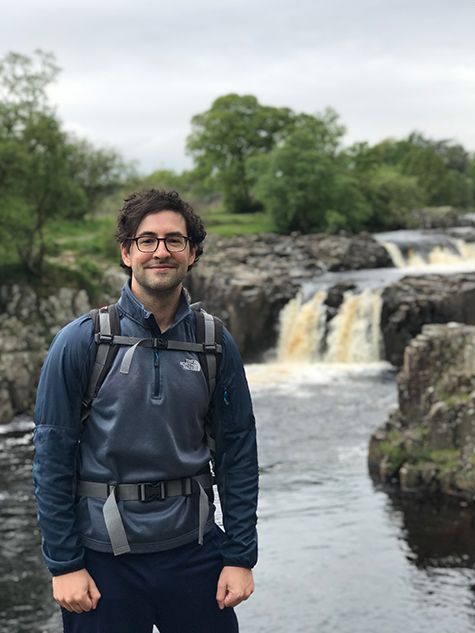
Link to Dr. Lolachi's GSFC Bio
